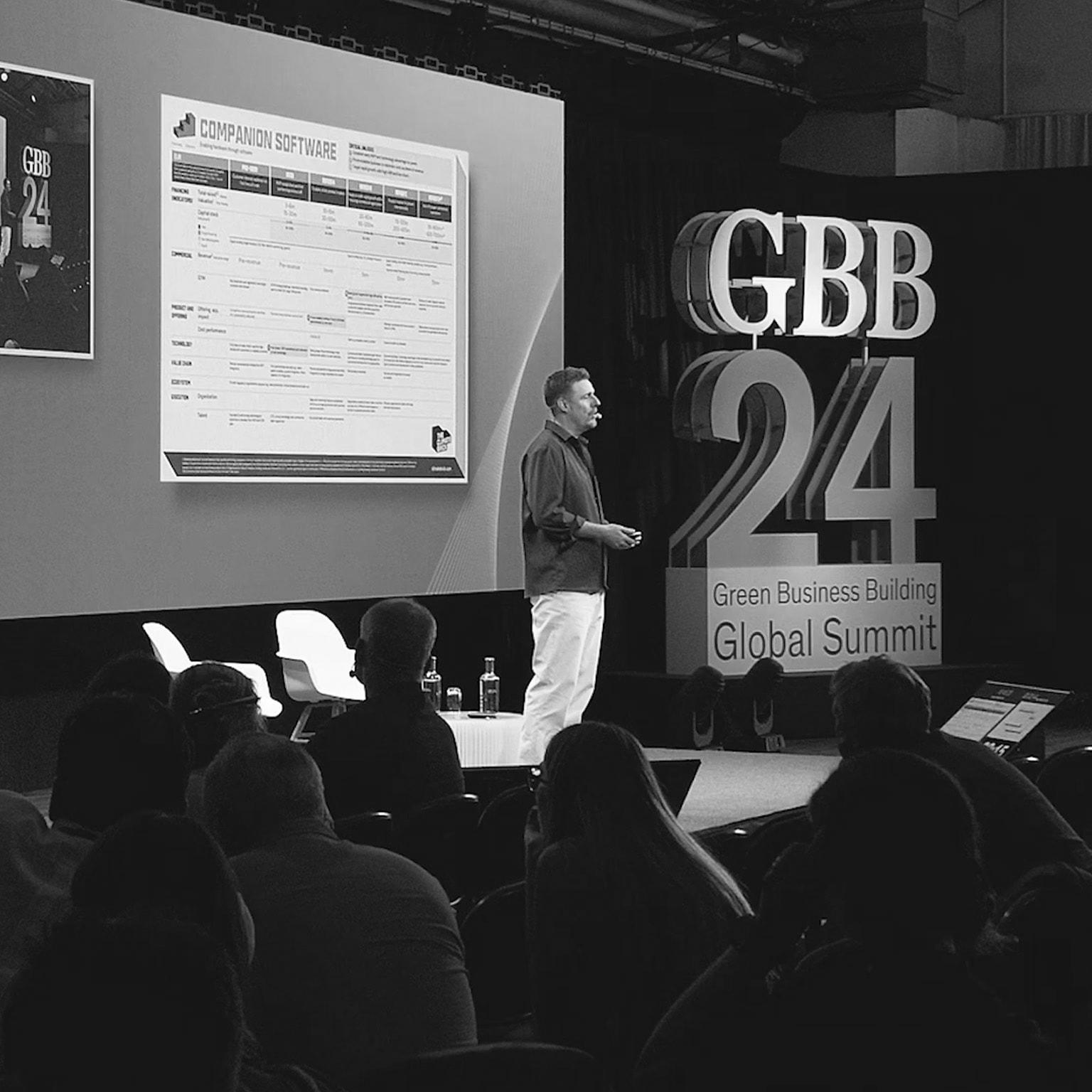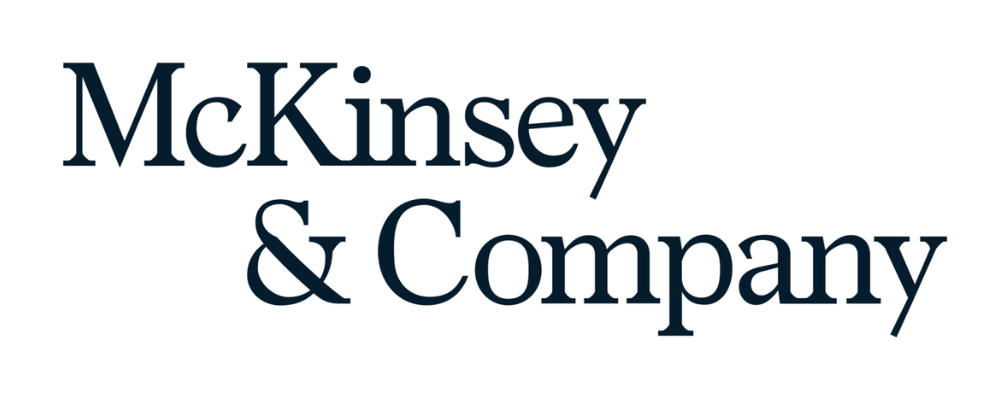
Climate technologies play a crucial role in the net-zero transition, with their potential to abate 90 percent of man-made emissions globally by 2050. According to McKinsey estimates, a successful transition will require the creation of 1,000 unicorns (start-ups valued at $1 billion or more) and 300 decacorns (start-ups valued at $10 billion or more) in the climate tech space by 2030. This is a massive challenge, especially as the fundraising and scale-up journey for climate tech companies is anything but straightforward.
To demystify that journey, a group of venture capitalists, with help from McKinsey, studied the trajectories of 3,000 climate tech start-ups and conducted more than 100 interviews with a diverse range of stakeholders. The insights generated from this research have been distilled into The Climate Brick, a fundraising and scaling playbook for climate tech companies.
In a series of talks at the recent Green Business Building Summit in Stockholm, the founding creators of The Climate Brick—Ted Persson and Sandra Malmberg, partners at EQT Ventures, and Rokas Peciulaitis, founder of Contrarian Ventures—discussed the project with McKinsey’s Tobias Lundberg, Tomas Nauclér, Carl Ljunggren, and Vladana Boljanovic. The following are edited excerpts of the conversations.
McKinsey: What led you to initiate this project? What specific problem were you trying to solve?
Sandra Malmberg: I meet maybe three or four founders a day. Some of the smartest, most brilliant brains in the world are working on climate technologies, but they spend so much time trying to understand what they need to deliver on in order to unlock financing.
Common questions that we get from climate tech entrepreneurs are: “How do I raise the next round?” and “What are the most critical milestones on our scaling journey?” Fundraising is a dance—particularly in the relatively new climate tech space, where it can take months to find the right match between an investor and a founder. So we thought, “What if we could help companies save time on fundraising, so they can shift that time toward scaling their business instead?”
That’s why we created The Climate Brick, providing what we call “the missing manual” to scale climate technologies. We know that some of the most critical technologies to deliver on future abatements already exist, but what’s lacking is scale.
McKinsey: How did you actually create the manual? What steps did you take? Describe your analytical approach.
Ted Persson: The Climate Brick is inspired by the SaaS Funding Napkin, a resource that describes funding milestones for software companies. My background is in software investing, but the software investing journey is much easier and simpler than the climate tech journey. In software, if you’re a founder, you basically meet an investor, do your pitch, get a term sheet, and then shake hands. The climate tech journey is way more complex. There are many more stakeholders: there’s the founder and the equity investor, of course, but also the universities where the intellectual property might have originated, supply partners, regulators, grant providers, debt providers, project funders, and offtakers.
So in the past year, we analyzed more than 3,000 companies’ scaling journeys between 2020 and now. We looked at both qualitative and quantitative data. Then, as you know, we got help from McKinsey to do more than 100 expert interviews—with founders, thought leaders, policy makers, banks, venture capitalists, angel investors, and several other participants such as the European Investment Fund—to try to distill our insights from those 3,000 companies.
We managed to squeeze them down into seven distinct scaling and fundraising journeys, based on companies’ speed to scale, risk profile, capital sources, sustainable impact, and other dimensions. Each of the seven journeys is a “brick” in the manual. And we call it The Climate Brick because we like the notion of these bricks being the bricks that build up the future, in a way.
Each brick specifies financial, commercial, and product dimensions, but it also gives insight into the technology milestones, value chain milestones, and execution milestones a start-up would need in order to fundraise and scale. Each brick also lists three “critical unlocks,” which are the three most important things to get right in connection to that particular journey. And each brick comes with what we call a “pioneer case”—an example to look at. Over time, we would like to build out these pioneer cases so that we have several per brick.
Rokas Peciulaitis: So, for example, one of the bricks is “Gigascaling.” It describes the journey for a company that builds capital-intensive, large-scale plants for green production. The three critical unlocks for that kind of company are a clear road map to cost competitiveness, the ability to execute seamlessly and scale rapidly, and committed offtakes.
Another brick is “Moonshot,” which refers to a very different type of journey—that of a company that works with highly novel technologies that have the potential to fundamentally alter the tech landscape. This type of company needs to prioritize ensuring grants and public funding, reaching and proving technological readiness through heavy R&D investment, and locking in commercial partners and customers early on.
McKinsey: In your research, what insights came to light that are applicable to all seven journeys, or to the climate tech ecosystem more broadly?
Rokas Peciulaitis: One insight is the importance of understanding your capital stack and considering nondilutive finance early in the financing journey, as this can change your company’s trajectory. It also affects the type of talent you require. For instance, due to the complexity of a climate tech company’s capital stack, compared with that of a traditional software company, you need a highly experienced CFO with a strong understanding of financial structuring.
Another insight is that climate tech companies need to unite stakeholders, foster knowledge sharing, and collaborate much more than companies in other sectors. In the world of software, there is an element of “it’s us against the world.” By comparison, the climate tech space requires a more collaborative approach. It’s not so much a question of “move fast and break things,” but rather, it’s “move fast and fix things—together.”
McKinsey: What does this more collaborative approach mean practically?
Sandra Malmberg: One thing we do is to simply get all these stakeholders—who are dependent on one another to achieve their goals and our shared planetary goals—into the same room. That’s how we both develop the scaling formulas and build our community. For instance, we host workshop events that we call “Bricknics.” Our focus now is on further raising awareness of The Climate Brick and staying close to the climate ecosystem to understand how we can further improve the playbook.
McKinsey: As people have started using The Climate Brick, what concrete feedback have you received?
Ted Persson: We codeveloped The Climate Brick together with the ecosystem, so we’ve received reactions and feedback throughout the entire development process. Many founders have told us this is a badly needed initiative of immediate value to them. They use it as a checklist for financing and milestones of how to run the business operationally. Several late-stage founders have said they would have wanted something like this when they started off, to avoid many of the pitfalls along the way.
Sandra Malmberg: Investors often say to founders, “You will feel product-market fit when you have it”—and that’s what we’ve been feeling since we launched The Climate Brick. We’ve heard from universities that want to create courses around it. We’ve heard from established companies that want to future-proof their supply chains and take part in the net-zero transition as offtakers, and this is a way for them to understand how. Policy makers are interested in how to help scale these technologies in their regions of the world. Investors use it in their investment committees, and to support their portfolio companies in scaling. And, of course, founders are using it in their decision making: how to build out their capital stack and what to prioritize when.
McKinsey: It’s still early days, but what are some of the shortcomings of The Climate Brick that you already see? In what ways do you think it can and should be improved?
Rokas Peciulaitis: One of the things we’re developing is a more granular playbook across the capital stack. Venture capital is just one piece of the puzzle in climate tech, which is different from traditional SaaS [software-as-a-service] investments in the size and needs for fundraising. Debt, growth or private equity, and infrastructure funding are some of the other investment classes—and they’re all crucial. On a higher level, the capital stack is already an important part of the manual, but going forward, we’ll go much deeper into that. We’re also developing tools to make it easier for all companies to figure out which brick is most applicable to them.
McKinsey: What is your vision for The Climate Brick? What can we expect next?
Sandra Malmberg: Just like a start-up, we plan to continually iterate on the manual to ensure that it delivers value to the ecosystem. We don’t see this as a project with a start and an end. We want it to become a movement.
We want the manual to be for the community and also by the community—an independent and entrepreneurial co-creation to deliver on our North Star, which is to bring as many climate technologies to scale as possible. In my dream world, we’d have many more stakeholders creating these scaling formulas and collaborating along the journey.
“Our firm is designed to operate as one—a single global partnership united by a strong set of values. We are equally committed to both sides of our mission: attracting and developing a talented and diverse group of colleagues and helping our clients create meaningful and lasting change.
From the C-suite to the front line, we partner with clients to help them innovate more sustainably, achieve lasting gains in performance, and build workforces that will thrive for this generation and the next.”
Please visit the firm link to site


